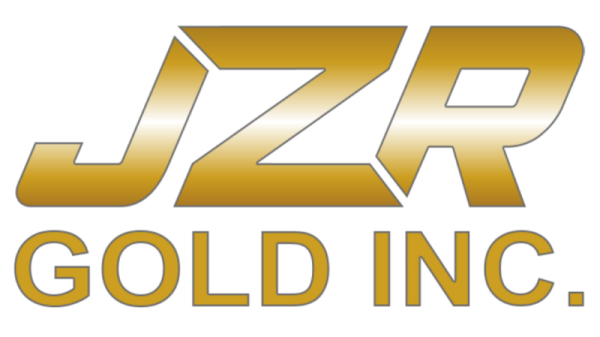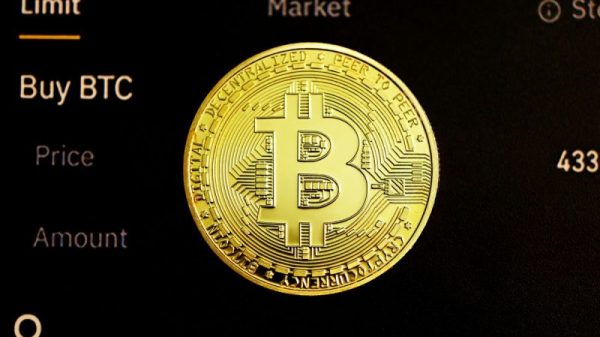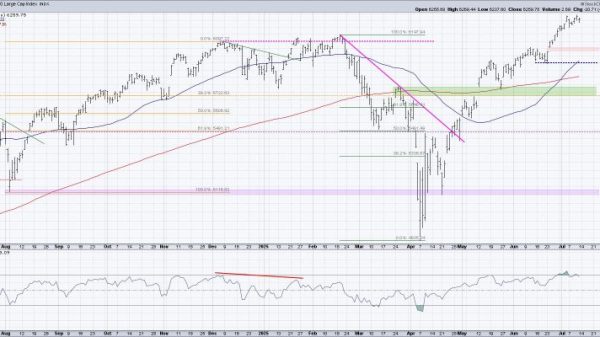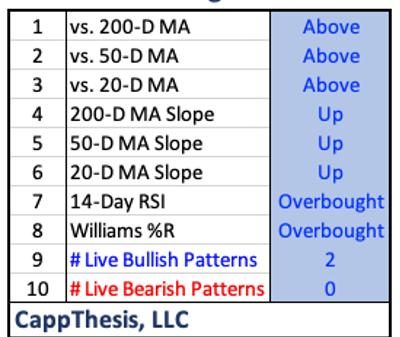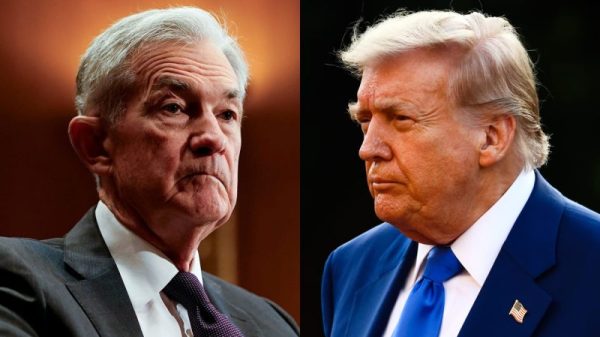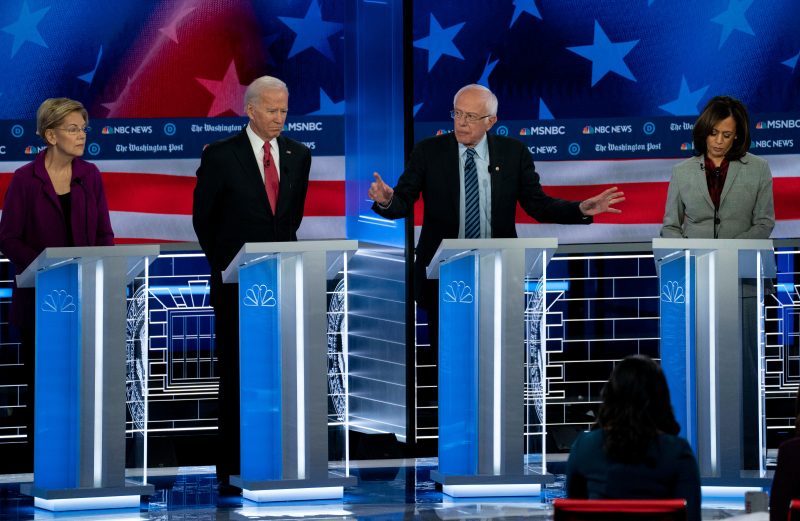In broad strokes — and even in some much narrower strokes — Donald Trump is running the same campaign that he ran in 2020 and that he ran in 2016. Immigration must be curtailed, the elites are keeping you down, his opponents are incomprehensibly radical and bent on destroying the United States for unexplained reasons. There is a pattern to the patter and we hear it all often.
It was therefore unsurprising that Trump on Monday revived an attack line that he’d introduced four years ago, one that fit into his “my opponents are outliers” argument. And, for good measure, he layered in the slur he uses to disparage Sen. Elizabeth Warren (D-Mass.).
Warren, he wrote on social media, “is considered far more Conservative in the U.S. Senate than Comrade Kamala Harris ever was. Is this really what we want to be President of the United States? She will only bring us Poverty, Chaos, and Heartache! Kamala is rated, by far, the Number One Most Liberal Senator.”
This is not true.
It’s rooted, as noted above, in a line of attack deployed during the 2020 election. Then, Trump’s allies seized upon a rating from the government-data organization GovTrack that assessed Harris’s record in the Senate in 2019. Harris was rated “most liberal compared to All Senators,” GovTrack indicated, an assessment derived from its analysis of sponsorship and co-sponsorship of legislation.
But GovTrack’s analysis of Harris’s entire tenure in the Senate paints a different picture. In the 116th Congress, the one that ran through 2019 and 2020, Harris was the fourth-most liberal senator, according to GovTrack, coming in behind Sens. Bernie Sanders (I-Vt.), Kirsten Gillibrand (D-N.Y.) and Jeff Merkley (D-Ore.). She was still to the left of Warren, but Warren’s position in GovTrack’s analysis wasn’t as a remarkably liberal legislator. Her score was equivalent to Sen. Dick Durbin (D-Ill.), for example.
This is only one measure of ideology. Another, more commonly cited metric is the DW-NOMINATE score calculated by Voteview. It’s an effort to track ideology over time, something that’s tricky given that it means trying to compare the ideology of someone who served in 1824 with someone serving in 2024.
Voteview’s methodology considers ideology in the context of government intervention in the economy. On that metric, Warren lands to the left of Harris. In fact, there are 15 senators to Harris’s left — including such unexpected names as Vice President Aaron Burr.
This is admittedly an imperfect measure of how liberal (or conservative) a member of Congress happens to be, particularly since the most recent data for Harris (and Burr, for that matter) is out of date. But on neither measure — GovTrack’s or Voteview’s — is Harris “by far, the Number One Most Liberal Senator.” In Voteview’s data, she’s not even as liberal as Warren.
There is an additional point to draw out of Voteview’s numbers. Republican senators have shifted sharply to the right, particularly since the 110th Congress (which covered 2007 and 2008). This is the advent of the tea party and then Trumpism, visible in the data.
In fact, Harris is closer to the middle in Voteview’s analysis than Sens. Ted Cruz (R-Tex.), Josh Hawley (R-Mo.), Rick Scott (R-Fla.), Tommy Tuberville (R-Ala.) and Rand Paul (R-Ky.).
Don’t expect Trump to point that out.


